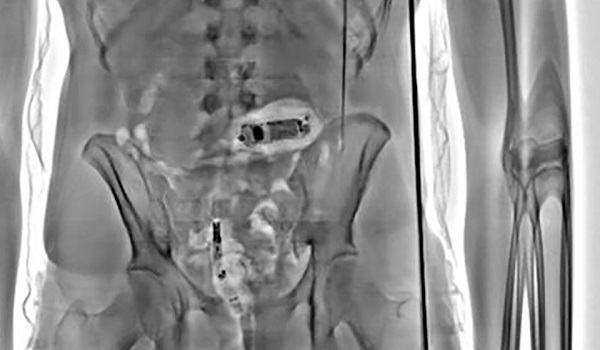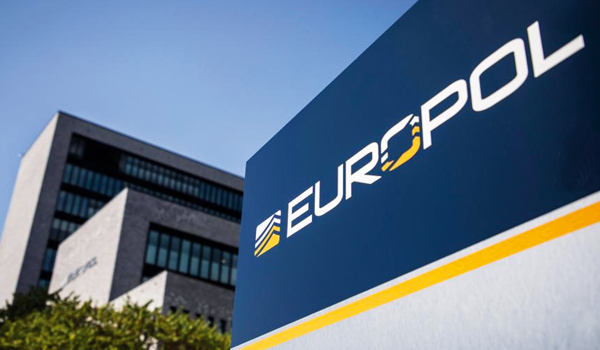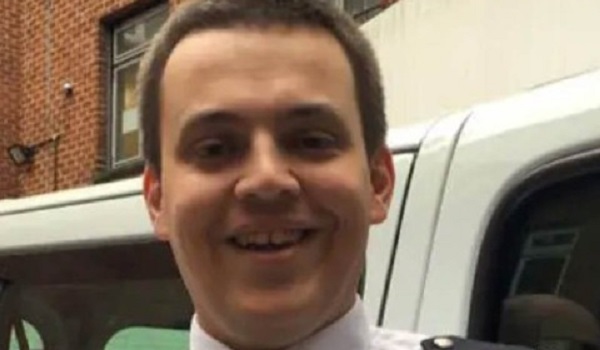High resolution scanner helps WMP secure guilty verdict against mother
Police in the West Midlands have made British legal history by using state-of-the-art 3D scanning technology developed for the aerospace industry to prove that a mother killed her two-year-old baby.
The scanner, developed by the Warwick Manufacturing Group (WMG) of the University of Warwick, was able to detect microscopic injuries suffered by two-month-old Teri-Rae at the hands of her mother, Abigail Palmer.
The high-resolution X-ray (micro-CT) scanner, typically used to check aircraft parts for tiny cracks that could potentially grow once airborne, produces images that are 1,000 times more detailed than those of a standard hospital scanner. As a result, officers in the case were able to detect two additional microscopic injuries that might otherwise have been missed.
Teri-Rae died on January 2, 2017 – nine weeks after being born weighing just 4lb 7ozs, but Palmer fractured two of the baby’s ribs the day before her death, as well as in late December 2016.
The final attack left her brain starved of oxygen as she struggled to breathe. Her death was initially treated as non-suspicious, but a skeletal examination revealed she had suffered a number of ‘healing’ and fresh rib fractures.
The evidence from the scans helped reveal a total of ten injuries of varying ages. 3D renderings of these injuries were shown during trial to provide visual context and support the bone specialist’s expert testimony.
The work was conducted as part of an ongoing research partnership between the university and the force to use advanced scanning technologies to support homicide investigations.
Professor Mark Williams of WMG at the University of Warwick said: “State-of-the-art 3D scanning technology allowed us to identify multiple fractures to Teri-Rae’s ribs that had occurred over an extended period of time.
“The ability to produce highly detailed 3D images of these shocking injuries that could be presented at court helped establish the truth and show what had happened. It’s an honour for us to provide critical evidence to this case, and to be able to help the police investigate such an unfortunate tragedy.”
West Midlands Police Sergeant Mick Byron from the Child Abuse Investigation Team, said: “We were able to show that Teri-Rae suffered ten rib fractures over a four to 12 hour period between 3am and 11am on 2 January.
“Palmer had been at a pub for six hours on New Year’s Day but claimed to have drunk mainly squash, not alcohol, as that would have breached a condition of the Child Protection Plan she was bound by.
“We don’t believe her… and neither did the jury. We suspect she came home drunk, was awoken by her baby in the night and inflicted these terrible images in response to Teri-Rae’s crying.
“Palmer admitted the baby was never out of her sight and never mishandled by anyone else; she offered no plausible accidental explanation for her daughter’s injuries. There was no indication Teri-Rae suffered a bone fragility condition and she was not independently mobile enough to have injured herself.
“Significant force is required to cause rib fractures in a baby… the presence of rib fractures in a baby of this age is indicative of abusive, deliberately inflicted, injury. This was a truly heart-breaking case to investigate, that a little baby’s life was taken by the one person who should have been protecting her.”
Palmer was found guilty of manslaughter and jailed for 13 years on April 4.







